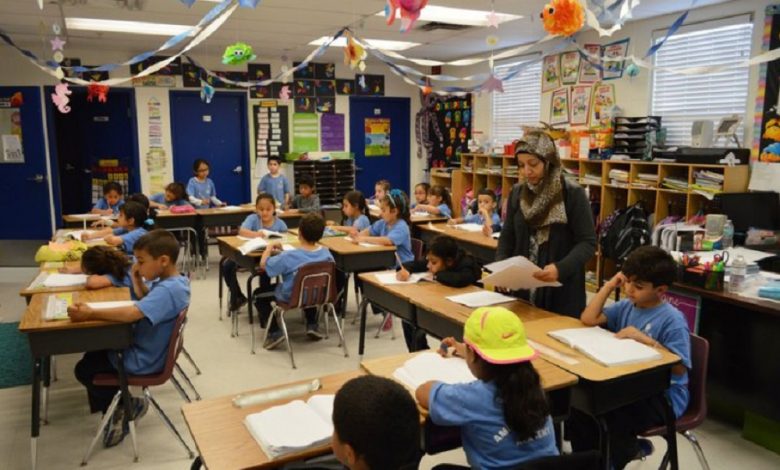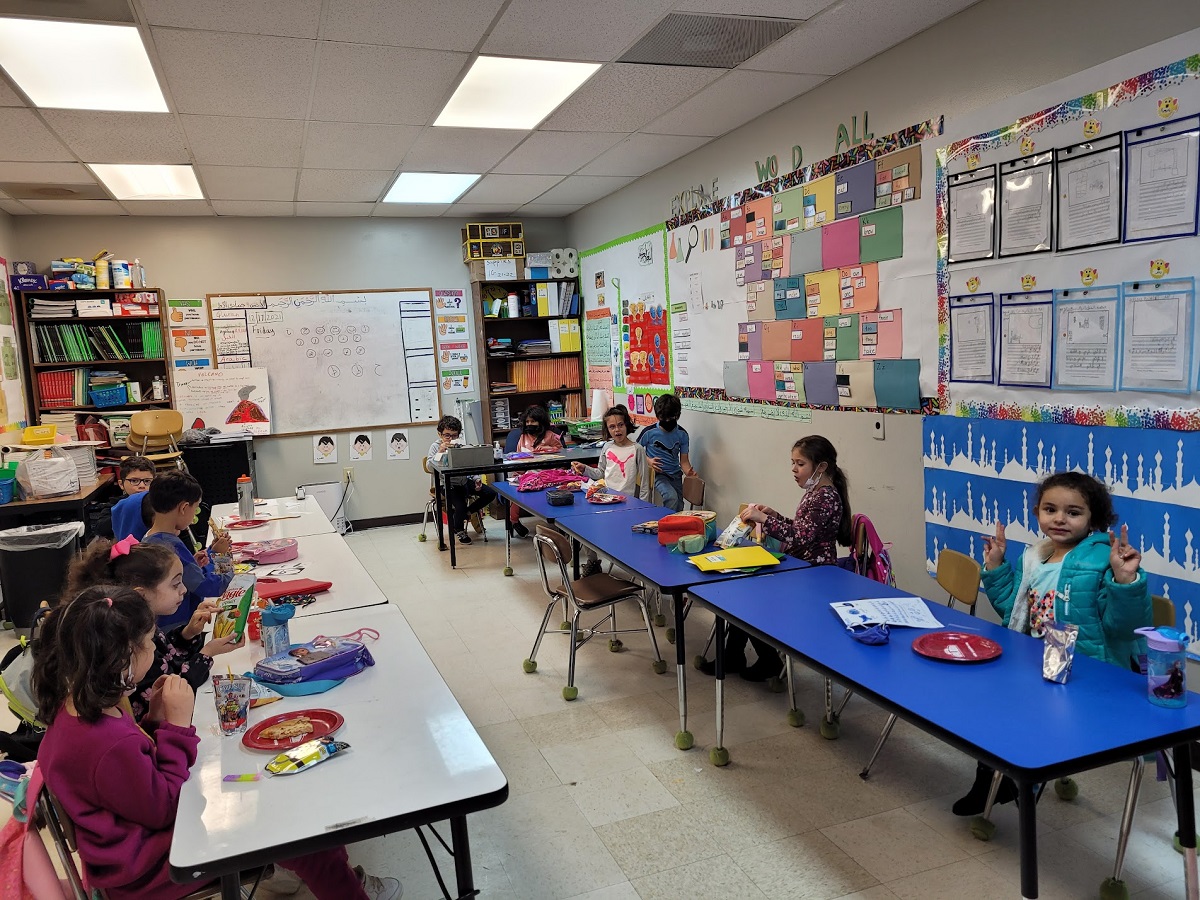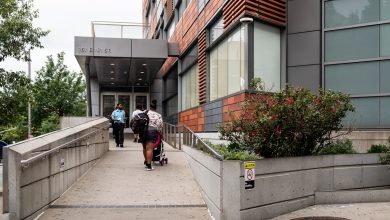How to Find the Right School for Your Arab Child in the U.S.
A Parent’s Guide to Choosing the Best Educational Environment for Arab Children in America.

Finding a suitable school for your child is one of the most important decisions Arab immigrant families face when moving to the United States. The American school system offers many choices — public, private, charter, and Islamic schools — but not every environment fits every child, especially those adjusting to a new culture, language, and educational system.
Here’s how Arab parents can find the best school for their child in the U.S.:
1. Understand the U.S. School System
-
Public Schools: Free and funded by the government. Your child’s school is usually determined by where you live (your address).
-
Charter Schools: Also free, but independently run. They often offer unique educational programs or language support.
-
Private Schools: Tuition-based, including many Islamic or Arabic-language schools.
-
Homeschooling: Legal in most states and allows parents to teach their children at home.

2. Look for ESL (English as a Second Language) Support
Many Arab children arrive in the U.S. with limited English. Choose schools that offer strong ESL programs, which help students learn English while continuing their education. Ask:
-
Do they have Arabic-speaking staff or translators?
-
How long does ESL support last?
-
Do ESL students mix with regular classes?
3. Consider Cultural Sensitivity and Diversity
Arab families may feel more comfortable in schools with:
-
Diverse student populations
-
Respect for religious practices (like prayer, halal food, Ramadan accommodations)
-
Anti-bullying policies that protect immigrant children
Some Islamic or bilingual Arabic-English schools offer a culturally familiar environment and may help ease the transition.
4. Check Academic Quality
Use online tools like:
-
GreatSchools.org: Gives ratings, test scores, parent reviews.
-
State Department of Education websites.
Look for schools with good graduation rates, test scores, and parent involvement.

5. Visit and Ask Questions
Schedule a visit and ask:
-
How do they support immigrant or Arab students?
-
Do they allow cultural or religious accommodations?
-
Is there a parent-teacher association (PTA) you can join?
6. Get Involved
Parental involvement improves student success. Even if your English is limited, most schools welcome participation. You can:
-
Attend school events
-
Volunteer
-
Join the school’s Arabic or Muslim parents’ group (if available)
The best school is one where your child feels safe, respected, and supported — both academically and culturally. Don’t be afraid to ask questions or change schools if your child isn’t thriving.



